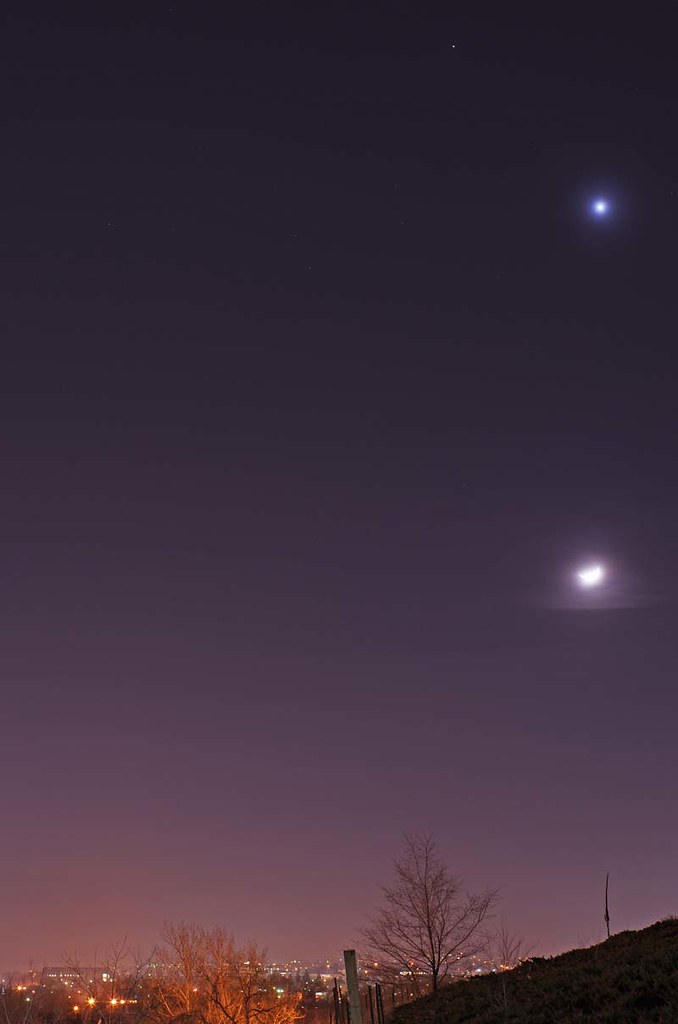 |
| 10 Likes | Search this Thread |
| 01-31-2017, 05:35 PM | #1 |
| JPEG banding? What is it? how do I fix it? | |
| 01-31-2017, 05:48 PM | #2 |
| Adam PentaxForums.com Webmaster (Site Usage Guide | Site Help | My Photography)    PentaxForums.com server and development costs are user-supported. You can help cover these costs by donating or purchasing one of our Pentax eBooks. Or, buy your photo gear from our affiliates, Adorama, B&H Photo, KEH, or Topaz Labs, and get FREE Marketplace access - click here to see how! Trusted Pentax retailers:    | |
| 01-31-2017, 06:22 PM | #5 |
| 01-31-2017, 07:07 PM | #7 |
| 01-31-2017, 07:08 PM | #8 |
| 01-31-2017, 07:12 PM | #9 |
| 01-31-2017, 07:23 PM | #10 |
| Last edited by dms; 01-31-2017 at 07:33 PM. | |
| 01-31-2017, 07:33 PM | #12 |
| 01-31-2017, 07:42 PM | #14 |
 |
| Bookmarks |
| Tags - Make this thread easier to find by adding keywords to it! |
| camera, elements, export, image, images, lightroom, pentax help, photography, post, troubleshooting |
 Similar Threads
Similar Threads | ||||
| Thread | Thread Starter | Forum | Replies | Last Post |
| Do I have aperture block failure (and where do I fix it)? | redridinghood | Repairs and Warranty Service | 5 | 03-29-2017 08:25 AM |
| Abstract What can I do to improve this? How could I have taken it better? | Zephos | Photo Critique | 9 | 11-27-2016 08:03 AM |
| Question Names appearing with ampersand and bold - does it do anything, and how do I do it? | pathdoc | Site Suggestions and Help | 15 | 03-24-2016 06:12 PM |
| Ok, so what is this and how do I fix it? | RickL | Pentax DSLR Discussion | 31 | 05-23-2009 08:27 PM |
| what did I do wrong, and how to fix it? | momof4 | Photographic Technique | 15 | 11-27-2007 10:15 AM |


















 Post #11 by interested_observer
Post #11 by interested_observer








